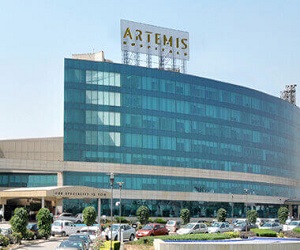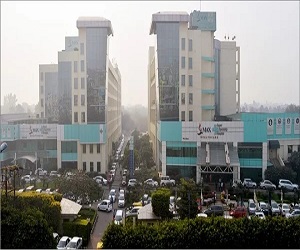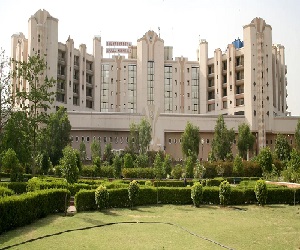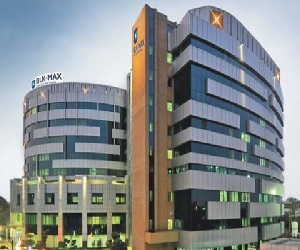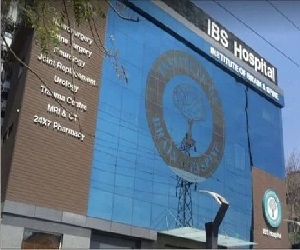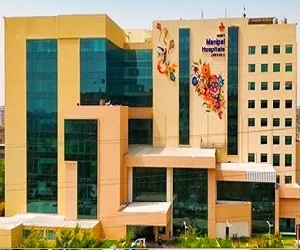Artificial spine lumbar disc replacement is a medical procedure designed to alleviate lower back pain. The primary focus of this surgery is to replace the lumbar vertebrae located between the rib cage and the pelvis.
What are the benefits of the surgery?
Lumbar disc replacement helps to lessen lower back pain and restore mobility.
Who needs this surgery?
While the surgery can effectively treat lower back pain, not everyone is a suitable candidate for disc replacement. The doctor assesses eligibility through various diagnoses and tests, including general health evaluations, blood tests, spine MRI, CT scans, X-rays, and discography.
Below are the conditions that possibly suggest a lumbar disc replacement:
- Back pain due to one or two lower spine disc
- Absence of spine deformity
- No history of lumbar spine surgery
- Not extremely fat
- No severe joint disorders or bone compression
How is the Surgery done?
Step 1: The doctor administers general anesthesia. Next, a catheter is inserted into the bladder to facilitate urination. The entire procedure is conducted under the supervision of both an orthopedic surgeon and a vascular surgeon.
Step 2: An incision is made on the patient’s abdomen, and the blood vessels and organs are moved aside to access the spine. This ensures that no nerves are disturbed during the procedure.
Step 3: The surgeon removes the degenerated disc and replaces it with an artificial lumbar disc. The surgery typically lasts around 2-3 hours.
Step 4: After the replacement, the organs are repositioned to their original locations. Finally, the incision is closed to complete the surgery.
What are the recovery and postoperative care after the surgery?
The patient typically needs to stay in the hospital for at least 2 to 3 days, or longer if necessary. Pain relief will be provided as needed. The IV drip and catheter are usually removed within a few days.
Recovery time is faster since there is no need for the bone to heal. A physical therapist is essential for guiding exercises to promote quicker recovery and rehabilitation. Additionally, regular follow-up appointments are crucial after surgery.
What are the risks and complications of the Surgery?
- Implant wearing or loosening
- Implant fracture or failure
- Spine rigidity
- Blood clots
- Infection
When is it performed?
Replacement surgery is performed to treat patients with severe lower back pain in the lumbar spine. It is considered a last resort when other treatments have failed to provide relief.
Success Rate:
The success rate of artificial spine lumbar disc replacement surgery is about 95 – 98%.
Artificial Spine Lumbar Disc Replacement cost in India are as follow
| Treatment | Cost in USD | Stay in Hospital |
| Artificial Spine Lumbar Disc Replacement | 5500-6000 | 3-4 Days |
| Cervical Spine Surgery | 4000-4500 | 7-8 Days |
| Minimally Invasive Spine Surgery | 4000-5000 | 7-8 Days |
| Herniated Disc Surgery | 4000-5000 | 7-8 Days |
| Spine Tumor Surgery | 3500-4000 | 7-8 Days |

